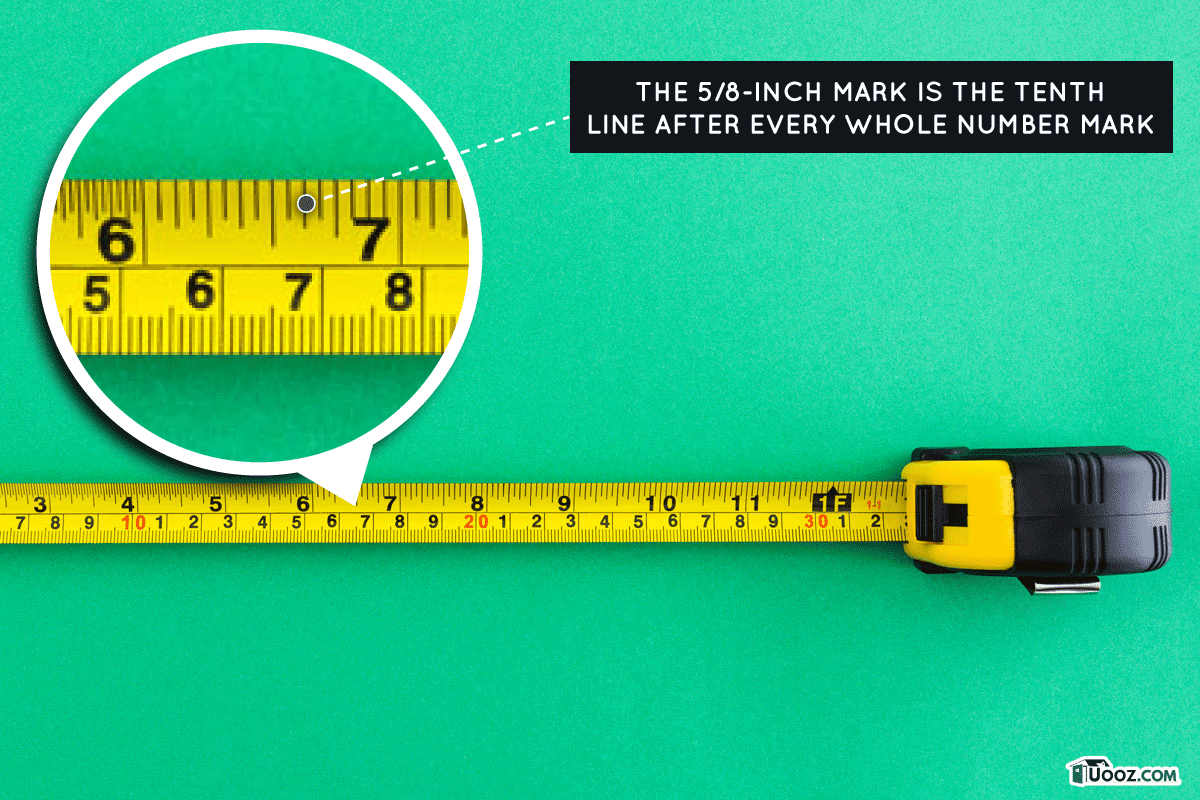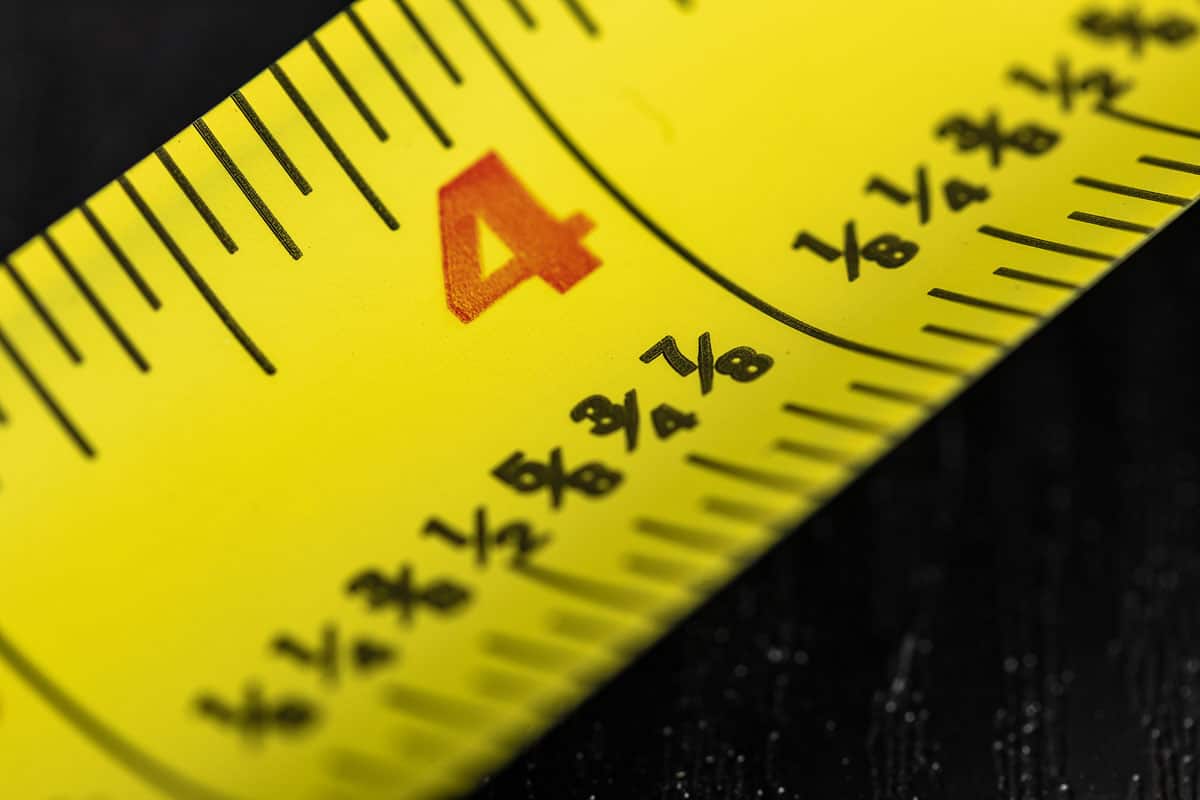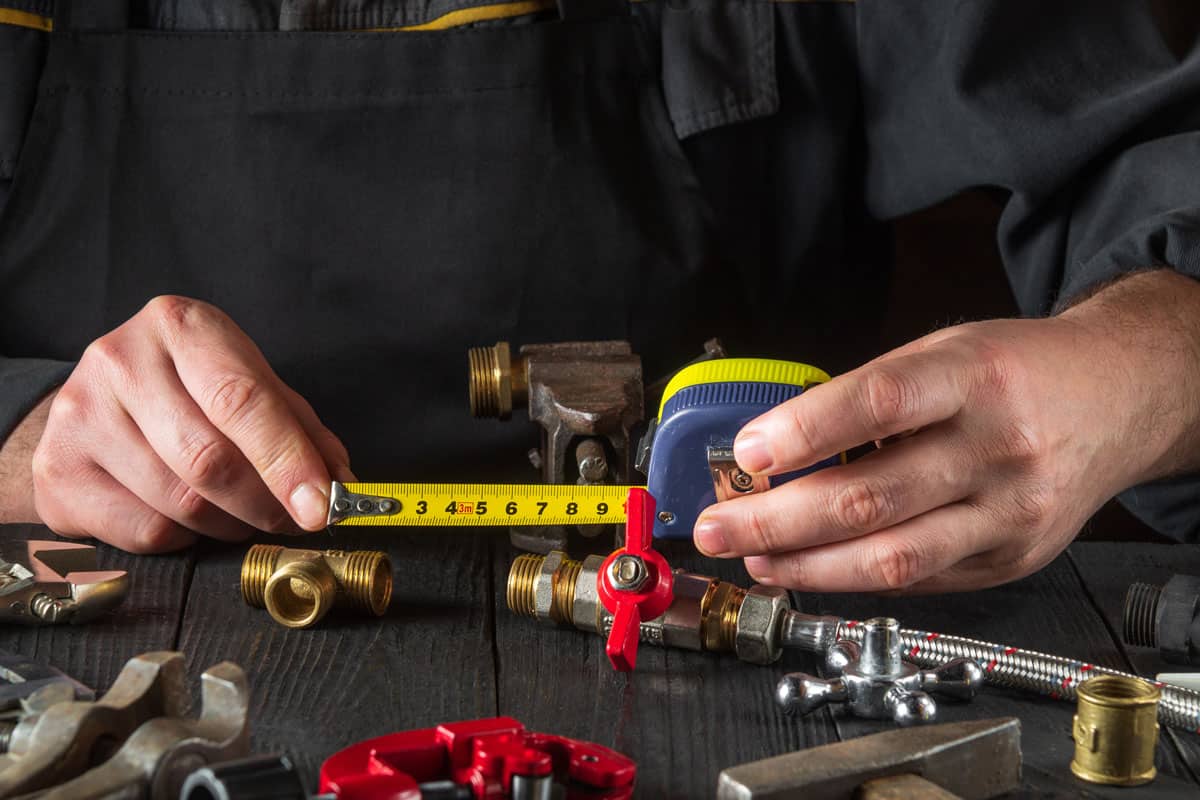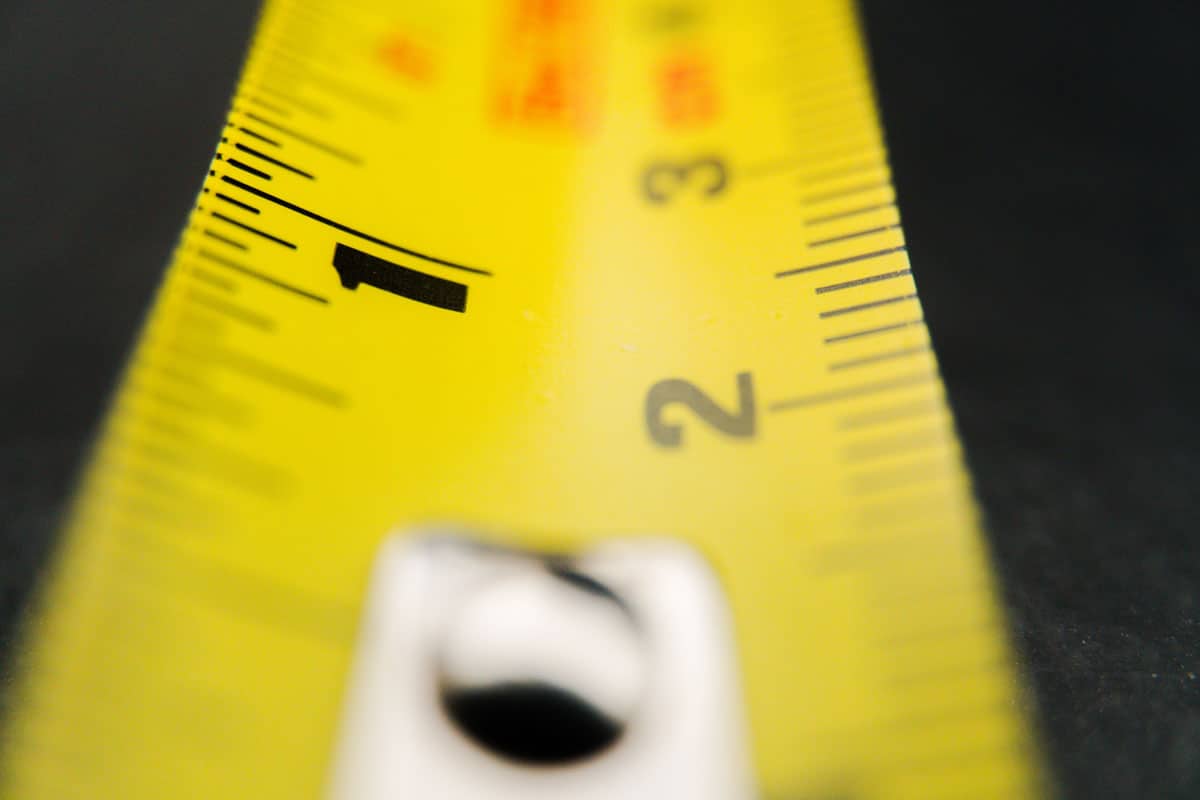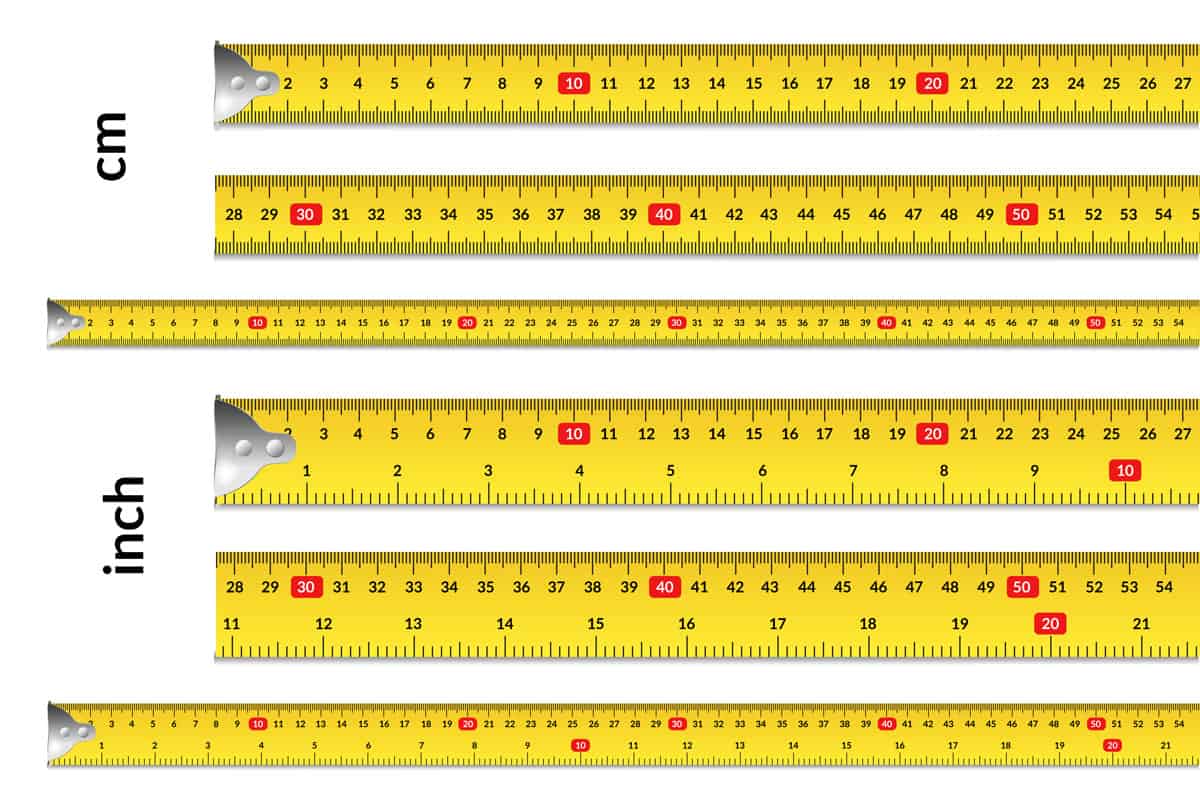Are you a handyperson or homeowner measuring an object or surface? Fractions are tough to read than whole numbers in a tape measure. You're on the right page if you want to determine the mark for a specific portion, like 5/8. To help you, we've researched where to find this fraction on a tape measure.
Click here to see this tape measure with fractions on Amazon.
- 1/16
- 1/8
- 3/16
- 1/4
- 5/16
- 3/8
- 7/16
- 1/2
- 9/16
- 5/8
- 11/16
- 3/4
- 13/16
- 7/8
- 15/16
Watch this clip to gain insight into reading a tape measure.
What Are The Hidden Features In A Tape Measure?
Besides the numbers across the tape or blade, there are also hidden features available in premium tape measure that might be helpful for your construction projects.
Blade
Whether made from metal or plastic, you draw a line using the blade of your tape measure. Turn it over for a straighter line. Meanwhile, the concave or curved blade is not a factory defect. Instead, it makes the markings stand out and reading much simpler.
Does your tape measure has black diamonds? They are present every 19 and 3/16 inches for a reason. Take advantage of these symbols to space your I-beam timber or engineered floor joists, like a pro builder.
Case Length
The actual case length is your ally if you want to measure a corner. Since most manufacturers label the casing, you don't need to bend your tape. Instead, you can easily add the printed measurement to the dimension you got from the blade.
Thumb Lock
For easy control, you can move the thumb lock to retract or extend the tape measure depending on your desired length. When in storage, you can lock it, so children cannot play with it.
Belt Clip
Another handy feature is the belt clip. Like your car keys, you can hook this clip to your pants belt or pocket for easy access whenever you are on the go.
Sliding Hook
Usually, the end portion of a tape measure comes with a sliding hook. Even though it is loose or slightly moving, it ensures the accuracy of measurements.
The adjustable or wobbly end offers "true zero" whether you start from the inside or outside the surface. The hook also contains the nail grab and scribing tool.
Nail Grab
Some variants have a donut-shaped hole allowing you to secure it onto the head of the screw or nail–hence it is called nail grab. It is practical for measuring long surfaces single-handedly.
If you want to mark a dimension, place the pencil at your preferred point on the blade and glide it across the surface like a compass or ruler.
Scribing Tool
This is a serrated part at the tip of the hook. You can leave a mark using it if you measure points in series. Likewise, it is an excellent pair for cutters to divide wood boards or sheets perfectly and an alternative for pencil or chalk lines.
Framing Stud Hints
The simplest way to find and frame a stud is through a tape measure. Following standard intervals for studs, every 16-inch mark comes in red with a line with arrowheads to emphasize the stud location. Meanwhile, a few brands show the word "stud."
What Are The Factors To Consider When Selecting A Tape Measure?
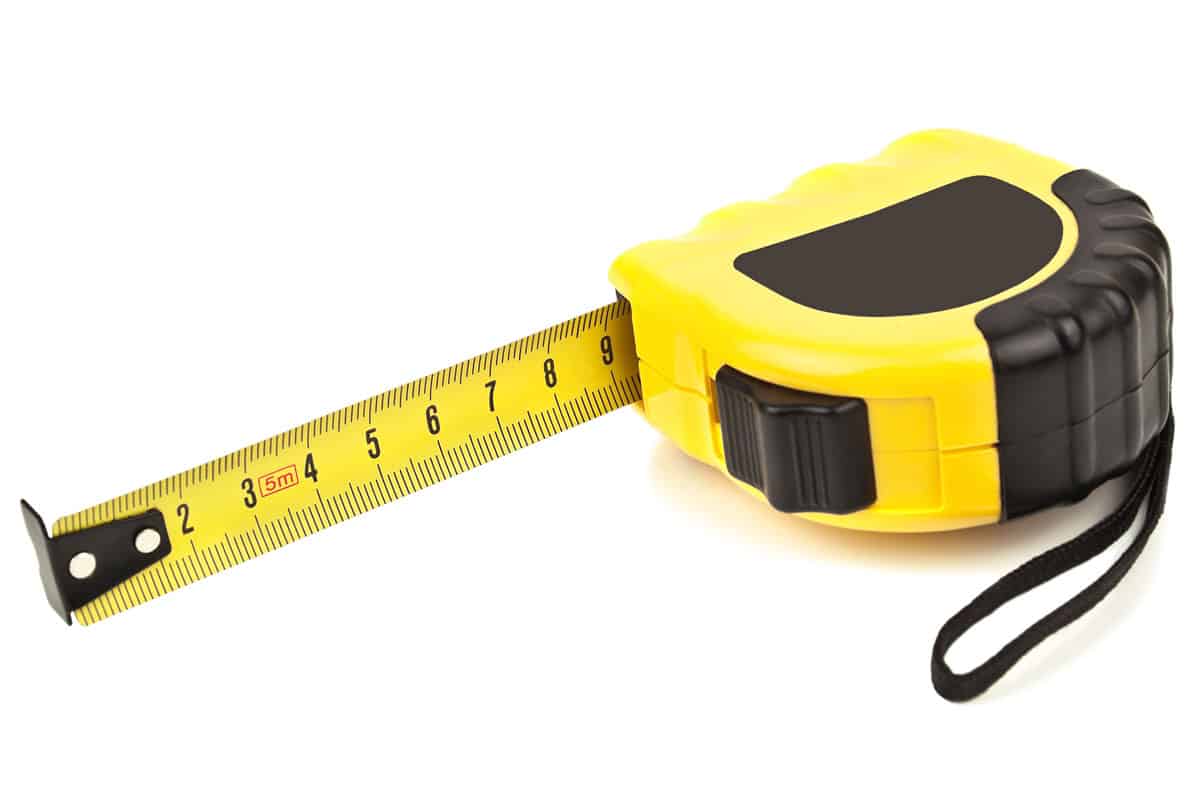
Not all tape measures are equal, so here are a few factors when purchasing a new piece. Selecting the right one will last several decades in your toolbox.
Accuracy
Like other measuring tools, accuracy is crucial. It varies from Class 1 to 3, with 3 being the least accurate. You can check the class of your tape measure by searching for a Roman numeral label on the tape.
Blade Length
While 600 feet is the longest span for manual types, tape measures typically go from 12 to 25 feet. The length will depend on your use or purpose.
For instance, professionals opt for longer ones because of the surface types they handle. The regular span fits the demands of your household.
Meanwhile, the tape width also matters because it affects the readability of the marks.
Marking Quality
A high-quality tape measure will not readily fade or lose shape. Similarly, the ones with both imperial and metric readings offer great flexibility since countries differ in the adopted measurement systems.
If you're curious about the manufacturing year, you can look for the symbol with "M" and numbers. One way to find out the quality of your tape measure is through the testing body that certified it. A handful of producers, particularly in Europe, coded it as a four-digit number.
Material
Tape measures are available in four types depending on the material: cloth, metallic, steel, and invar. Each has a distinct purpose. Thus, you must choose the best material that fits your tasks, whether for flat or sloped distances.
Since it is inevitable to drop your tape measure throughout its lifespan, plastic varieties can crack easily when dropped. In contrast, metal or rubberized housing options are more durable because they can absorb shock much better.
The top-notch brands of tape measures also offer several unique features. For instance, a larger standout enables you to extend the blade at a longer distance before it snaps.
You can also maximize its use if it has a protective blade coating. Other modern qualities are an auto-lock mechanism and magnetic hook strips.
Price
The average price of a tape measure is around $10. Most homeowners or renters will only buy one tape measure in their lifetime.
While digital laser options are a convenient upgrade for large-scale projects, they cost between $14 and $21.
However, it has a more or less 1/8- or 0.12- inch deviation from the actual span. With the 2-in-1 versions, you can enjoy the benefits of both worlds for over $40.
Click here to see this digital laser tape measure on Amazon.
Which Type Is The Most Accurate Tape Measure?
Have you noticed an "EC" symbol in some varieties? Although non-compulsory, the European Commission [EC] released a classification system for validating tape measure accuracy with varying tolerances.
For example, here are the levels in tape lengths over 32.80 feet or 10 meters:
- Class I: ± 0.04 inch or 1.10 millimeters
- Class II: ± 0.09 inch or 2.30 millimeters
- Class III: ± 0.18 inch or 4.60 millimeters
Find out if your tape measure is accurate by watching this video.
Final Thoughts
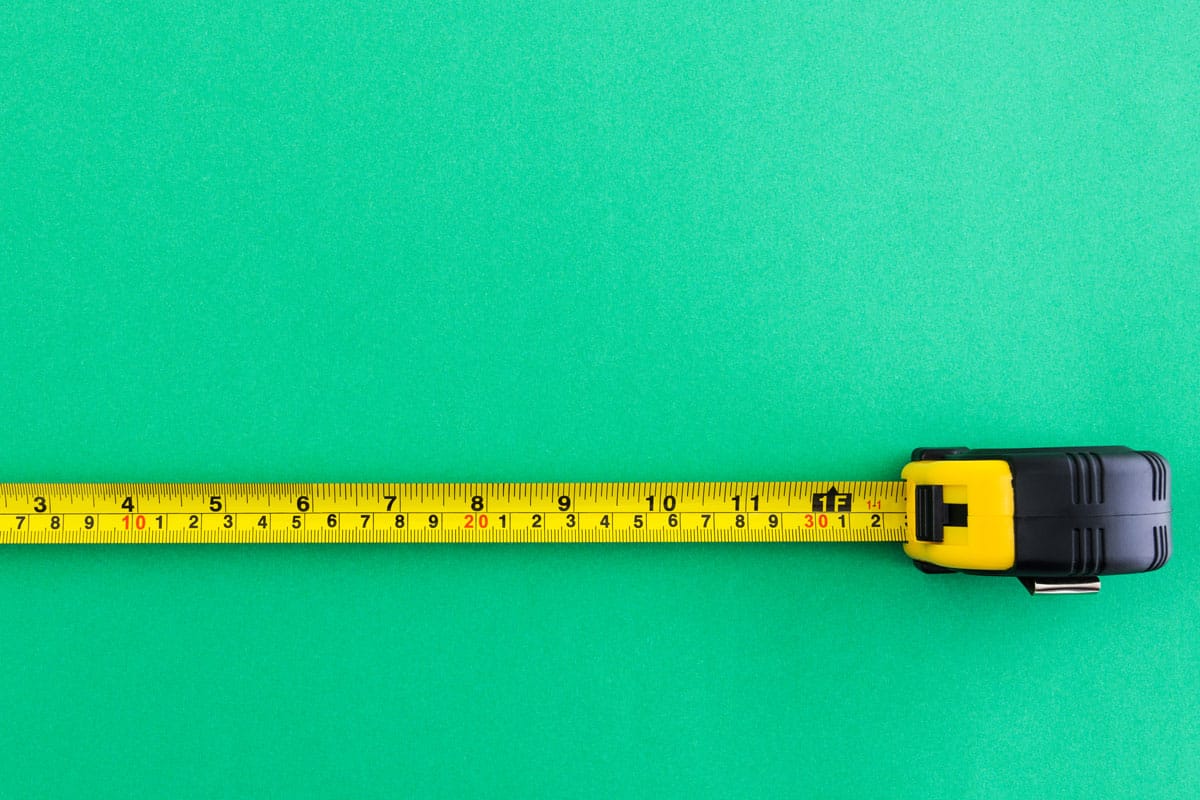
The 5/8-inch mark comes after 1/2 inches and before 3/4 inches. If the small ticks of your tape measure are unlabeled, count ten lines after every whole number mark to find it.
Reading this device can be puzzling at first, but eventually, you will master it if you know what the labels mean. Likewise, don't miss other features of this tool for efficient construction projects.
Made it this far? Check out these helpful related posts below!

